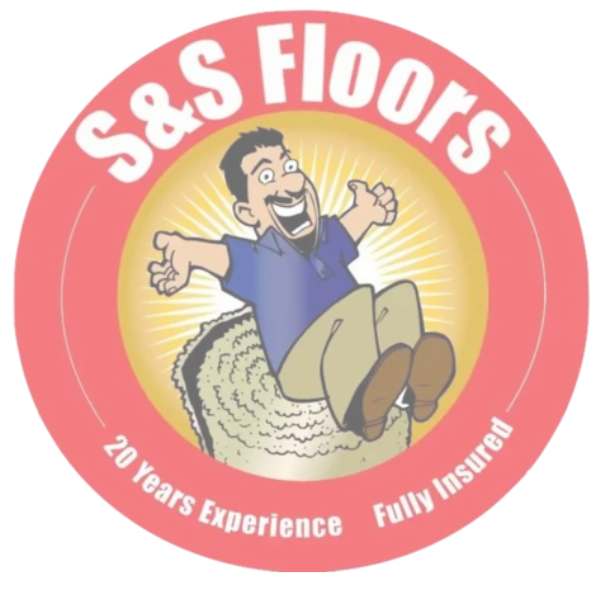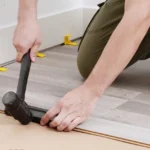Hardwood floors add warmth, beauty, and value to your home, but they’re not invincible. Over time, daily life can take a toll, leaving behind scratches, stains, and worse. At S&S Floors, we’ve seen it all. With over 35 years of hands-on flooring experience, we know what damages hardwood and, more importantly, how to fix it. Here are the five most common causes of hardwood floor damage and what you can do to restore your floors to their original charm.
1. Scratches from Furniture and Foot Traffic
Dragging furniture, pet nails, and heavy foot traffic—especially in entryways—can leave visible scratches across hardwood surfaces.
How to Fix It:
For light surface scratches, we recommend using a hardwood floor repair kit or a matching stain marker. Deeper scratches may require light sanding and refinishing. For wide areas, a full sand and refinish can restore uniformity across the room.
Pro Tip: Use felt pads under furniture and area rugs in high-traffic zones to prevent future damage.
2. Water and Moisture Damage
How to Fix It:
Act quickly. Dry the area immediately and run a dehumidifier to reduce moisture. If warping has already occurred, the affected boards may need to be replaced. Severe cases may call for sanding and refinishing once moisture levels stabilize.
Pro Tip: Avoid wet mopping hardwood floors. Instead, use a damp (not soaked) microfiber mop and dry the surface quickly.
Also read: Signs That Your Hardwood Floors Need Repair
3. Sunlight Discoloration
How to Fix It:
If the discoloration is minor, strategic furniture placement or area rugs can help hide the issue. For widespread fading or darkening, sanding and refinishing the floor can even out the tone.
Pro Tip: Use curtains, blinds, or UV-resistant window films to limit sun exposure during peak daylight hours.
4. Gaps Between Boards
Hardwood expands and contracts with humidity changes. In drier months, you might notice gaps forming between boards.
How to Fix It:
Most seasonal gaps are normal and will close when humidity rises. If the gaps are persistent or growing, we may recommend wood fillers or even board replacement in extreme cases.
Pro Tip: Maintain consistent indoor humidity (ideally 35–55%) using a humidifier during the winter.
5. Dents from Heavy Objects
Dropping something heavy—like kitchenware or tools—can leave a dent in the wood surface.
How to Fix It:
Small dents can often be lifted using a combination of moisture and heat (like a wet cloth and iron method). Larger dents or cracks may require sanding and refinishing, or individual board replacement.
Pro Tip: Always use protective runners or mats in areas prone to dropped objects (like kitchens or workshops).
Final Thoughts
Hardwood floors are a timeless investment—but like anything, they require proper care and occasional repair. Whether it’s a small scratch or widespread moisture damage, our team at S&S Floors offers expert hardwood flooring repair services across St. Charles County and surrounding Missouri communities.



